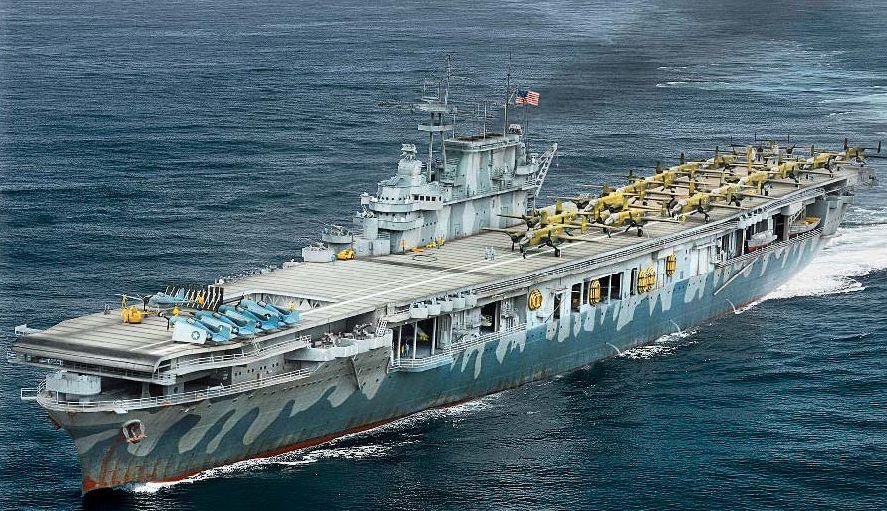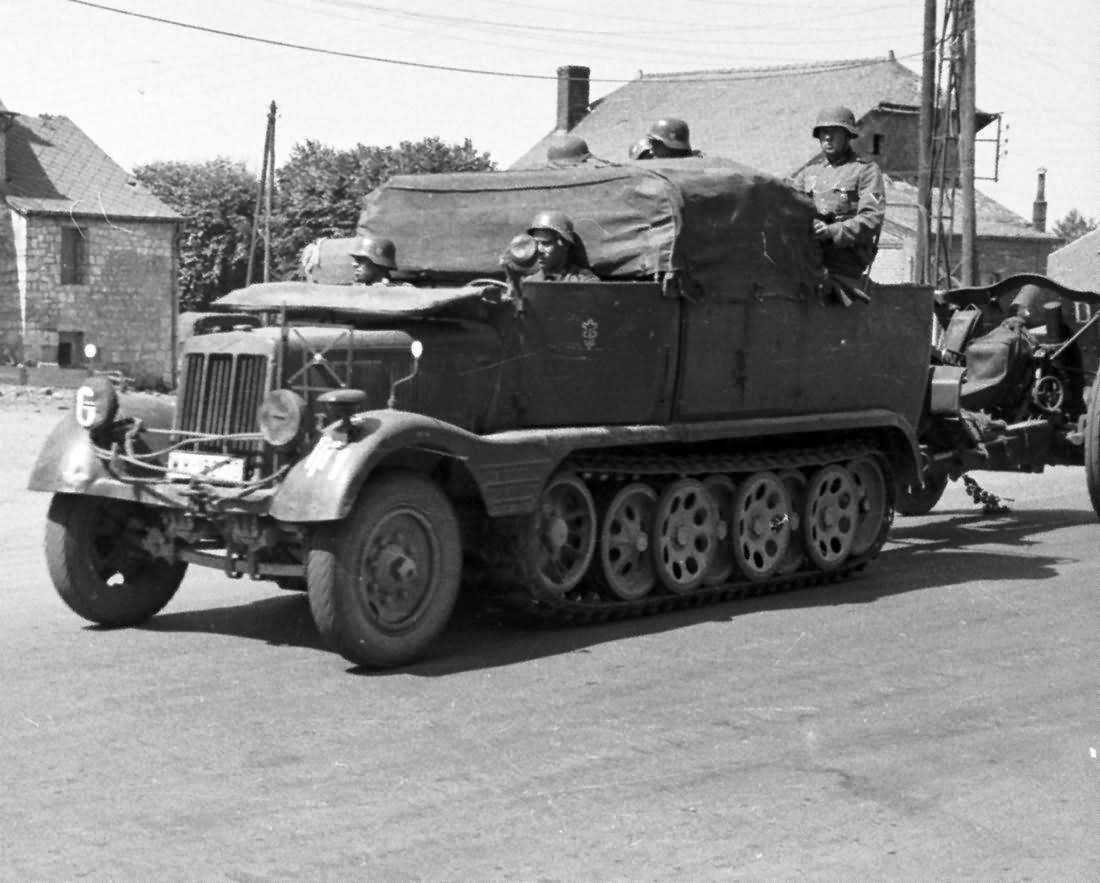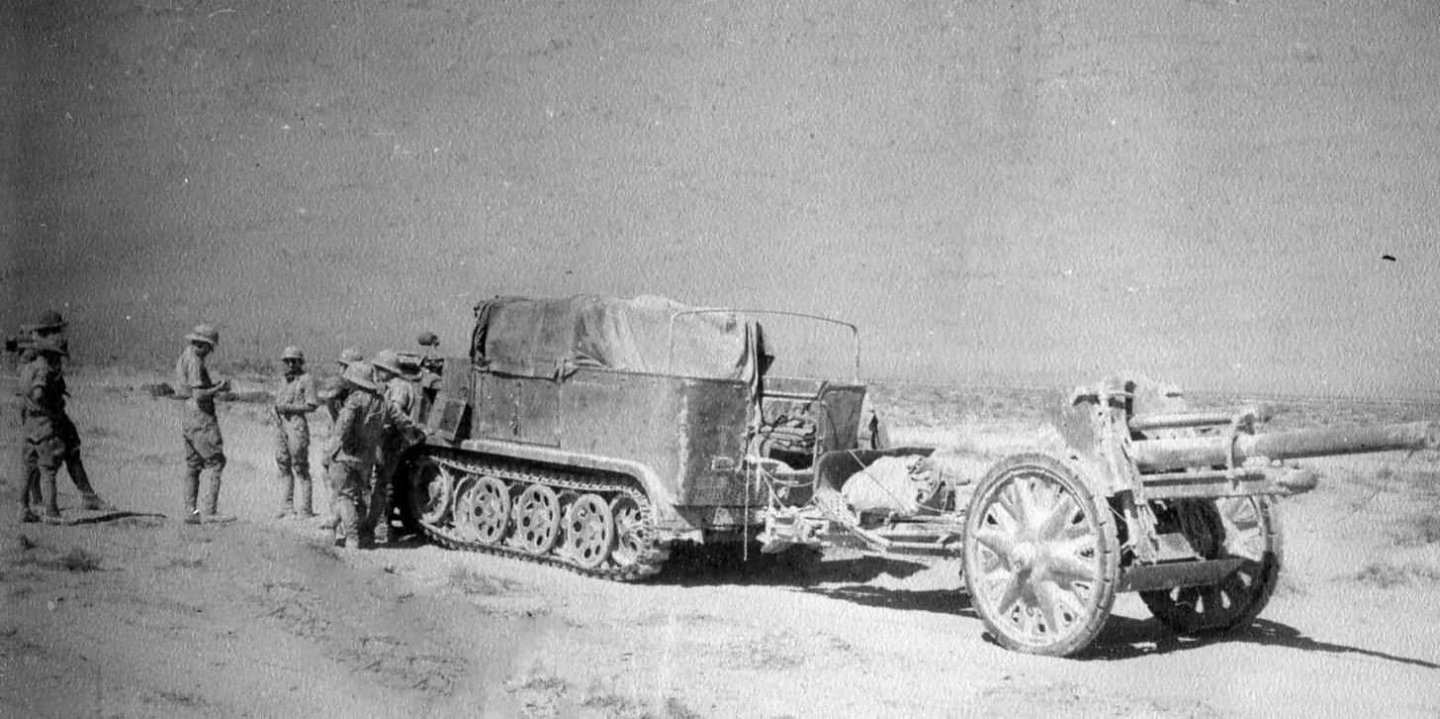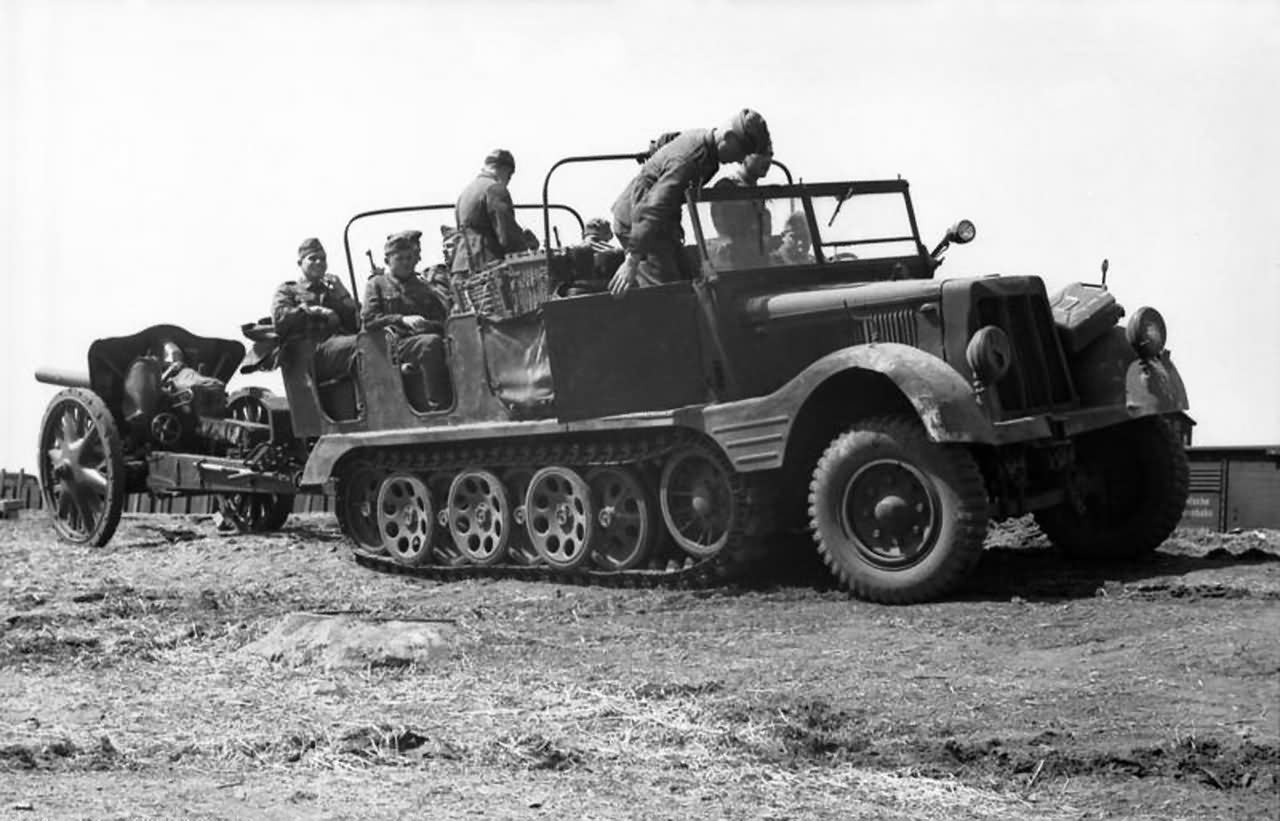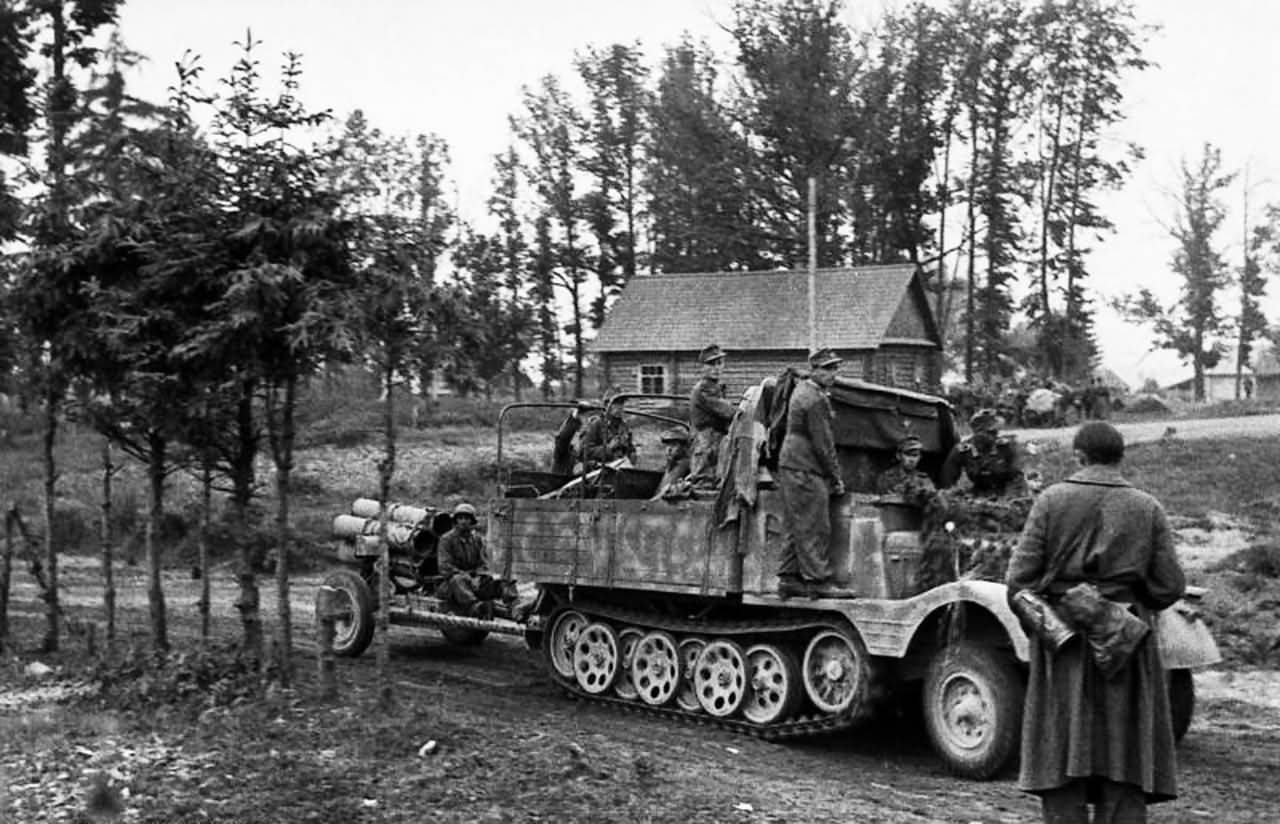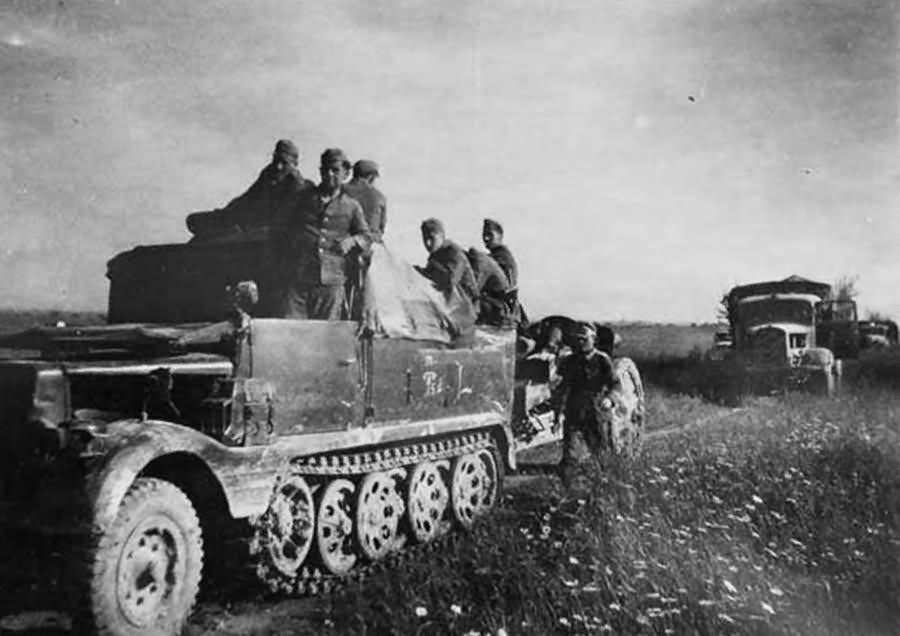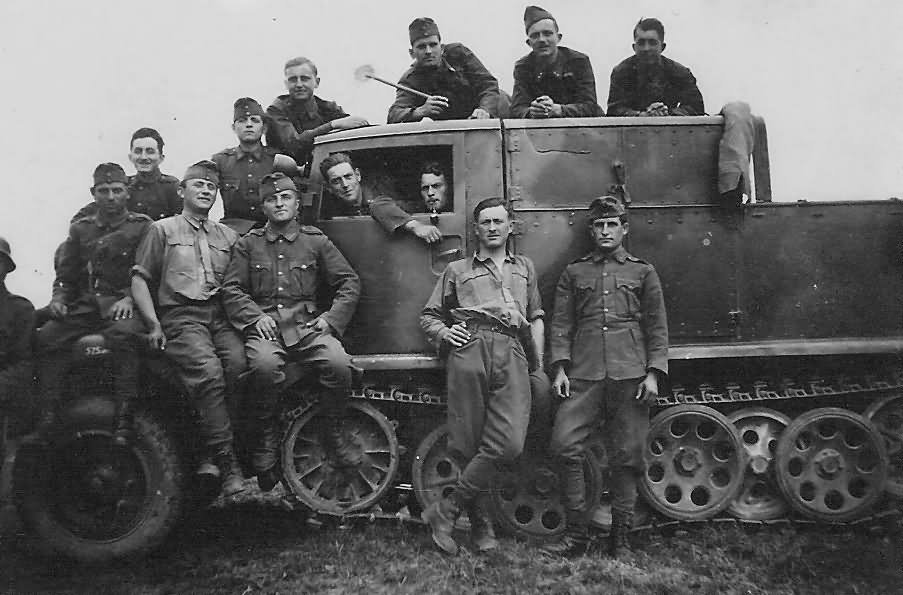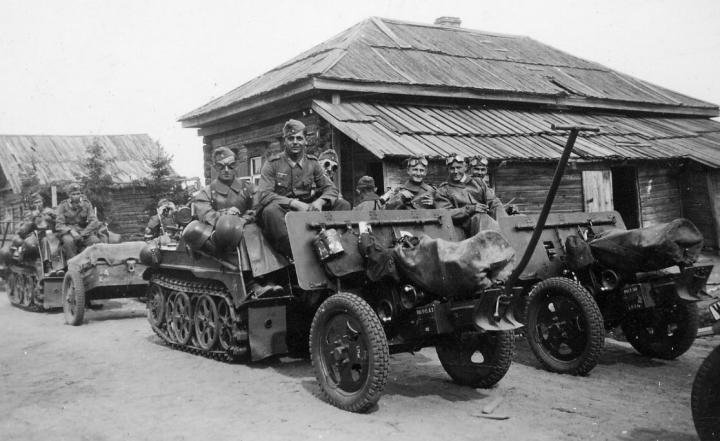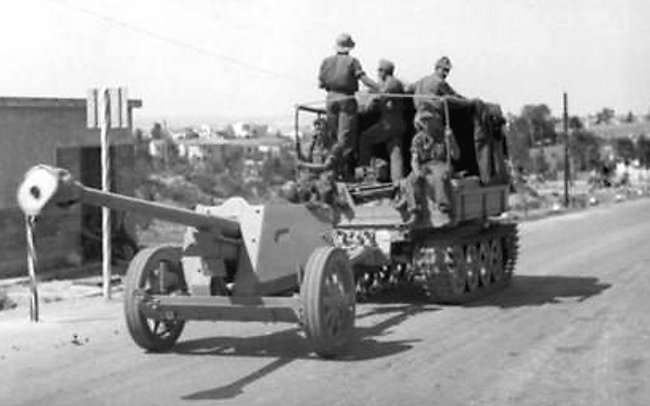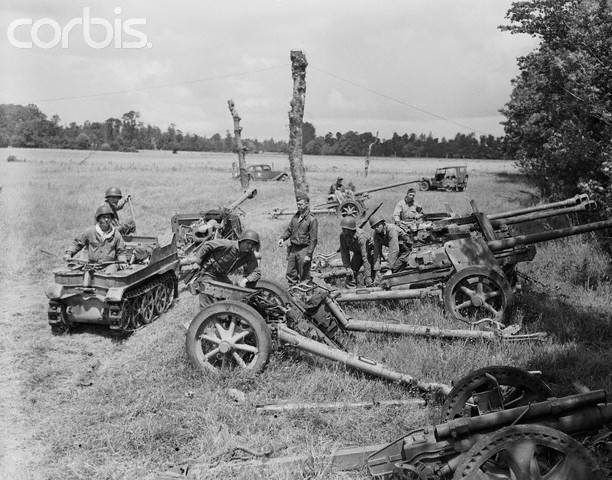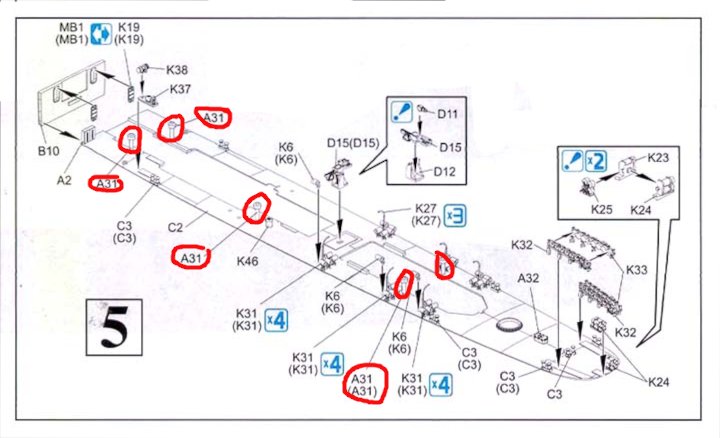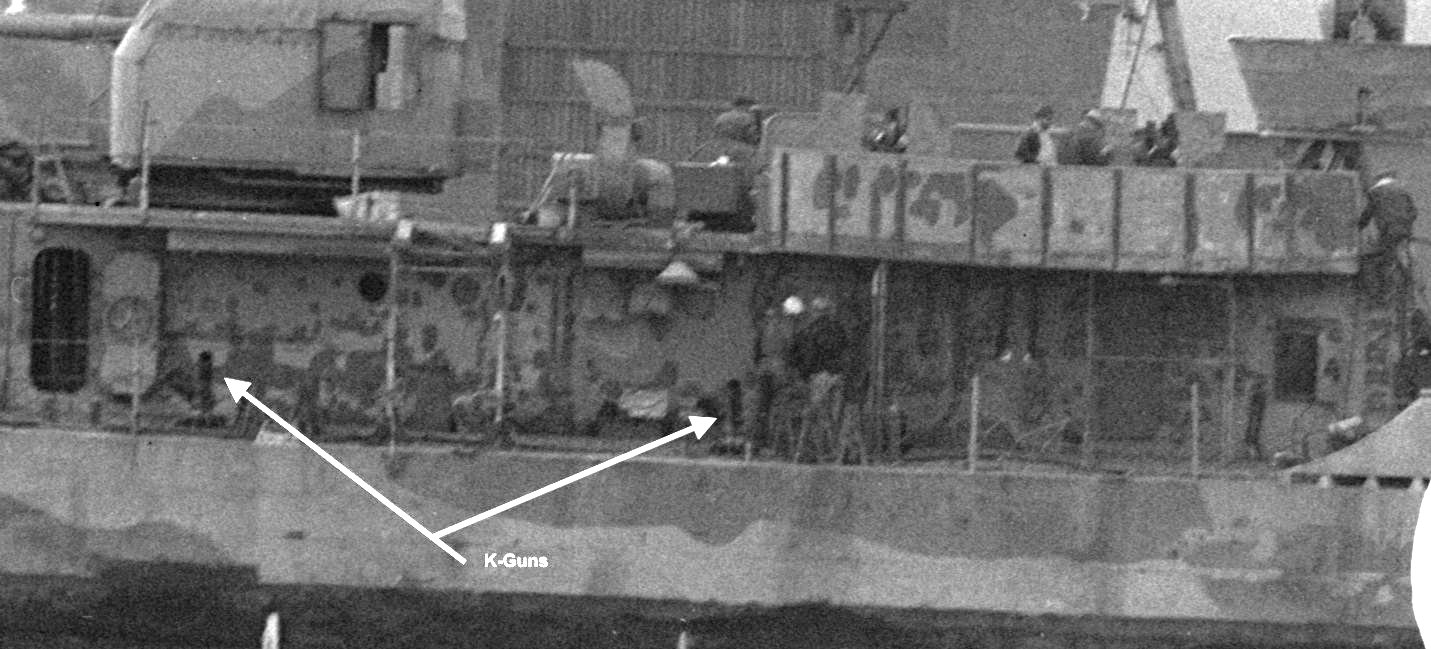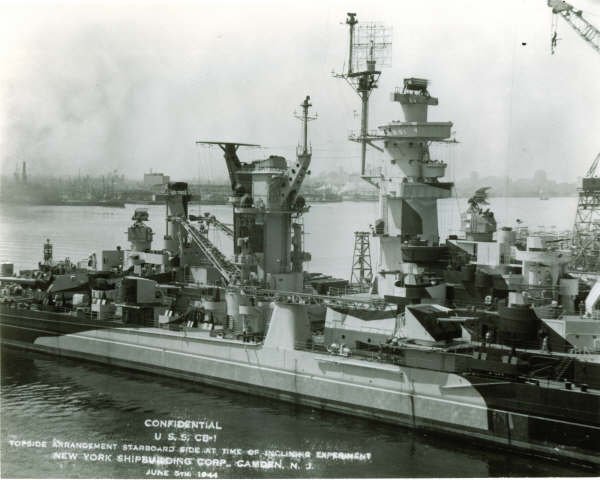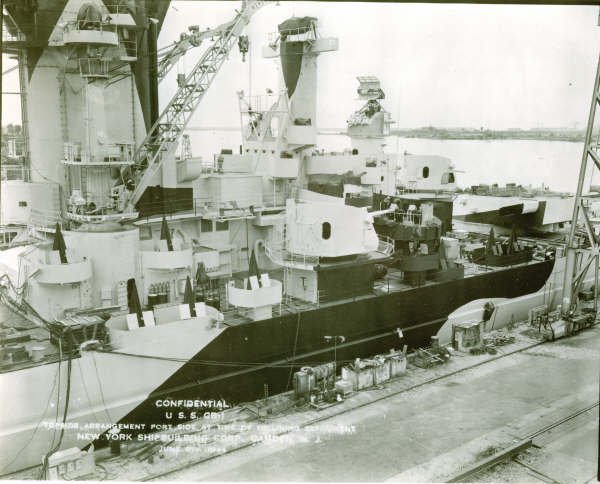-
Posts
4,377 -
Joined
-
Last visited
Content Type
Profiles
Forums
Gallery
Events
Everything posted by Egilman
-
My pleasure Brother.... I'm an artillery nut, especially for the towed variety.... I have 20 or so various pieces,(mostly US) and finding the appropriate tractor is difficult sometimes..... In the US army is was the 76.2 mm M5 AT gun and M-3 Halftrack which I have in the stash.... It's an unappreciated field of modeling in my opinion.... 40 quid, ($60 US) is not out of line, pretty good in fact.... barring the occasional bargain steal off evilbay..... The Opel, (Ford Germany) Blitz's would be found hauling light ammo trailers, generally they weren't strongly built enough to haul anything above very light anti-aircraft artillery..... But enough off topic chat, I wanna see more of what looks to be an outstanding PZ V.......
-
Patrick would probably know better than me bu generally no... Tanks didn't tow anything usually, not saying they didn't but it would be highly unusual... You need a Hanomag.... Namely an SdKfz 11 Leichter Zugkraftwagen 3t...... This was the standard 3 ton light artillery tractor.... used throughout the war on all fronts..... 1st Panzer Div France.... Afrika Korps... Russia... Ardennes Russian High Desert 1944 An RSO in Italy Kettenkrad in France '44... Captured Kettenkrads & Pak 40's Standard 3 ton artillery tractor.....
-
They are pretty nice, although the Hipper class heavy cruisers were much much prettier in my opinion.... With the Prinz Eugen being the prettiest of the lot....
-
Landing a plane = Plane meets ground..... This is easy to do provided one can get it up in the first place.... All things that go up must eventually come down..... (Sir Isaac Newton) And no nothing is essential to making that happen..... As with all planes it will eventually happen no matter what anyone does.... The main thing is that a man can influence how that is accomplished..... and I imagine it becomes a serious interest if the man happens to be inside when it comes down....
-
Update - Kinda, In the two steps forward and one step back chapter, I've been involved in some intense research into what the Gwin carried and how it was laid out... I've found that the Dragon Livermore kit, although an early Gleaves class destroyer had some features that were not present or different on the Gwin.... First.... The five mushroom ventilator stacks, Part A-31, were present on the Livermore, were not present on the Gwin, so I've removed them.... In the image of the Gwin above one of those stacks should be positioned on the main deck P/S directly below the blower vent on the gun deck above, but they weren't there, so they get removed from the model.... This leads to another problem, YOu look at the K-guns The kit has them positioned almost perfectly, but they mount the Reloads to the aft side of the gun when on the gwin they are forward of the gun as in the image above you can clearly see the mandrel stanchions ahead of the tubes..... so the Kit installation is correct for the Livermore but backwards for the Gwin..... So I've removed the offending parts and will be repositioning the ones that need it.... Another problem is on the forward O-1 level bulkheads, there is a square ventilator molded into the bulkhead again it is on the Livermore and not on the Gwin.... So it was shaved off.... (red circle) Which left a little gap that was filled with some Mr Surfacer 500..... There is probably going to come a point where I'll want to get it done, but right now finding the correct configuration and modifying to it is taking a bit of my time.... So please be patient with me as I go thru my accuracy tribulations...... EG
-
Oh I'll be going through the proof and my reasoning when I get there brother, I just don't want to start another color war here.... (although I'm pretty sure it has petered out by now, especially since the Pearl Harbor Museum and all the model companies have gone with the preponderance of evidence and recommend a Ms. 2 Sea Blue scheme) But first I have the Gwin to finish.... Onward....
-
4hours and no responses? There are a couple off Navsource... There is also Steve Wipers book from Classic Warships publishing- Warship Pictorial #43 Alaska Class Cruisers (reviewed on that site) Available on Amazon and Evilbay.... Pretty much a straight forward US naval tower crane.... Hope it helps.... EG
-
Yes, I'm well aware of such and incorporated a few expert photographers into my research... Also, a lot of that kodachrome film seemed to blue shift over time..... But I have some images that are darned close and one is from the late 50's taken by a Life Magazine photographer that my consultant experts say is very close to unshifted real life.... Not saying your wrong at all, in fact I agree with you, one must be very careful when grading color pics for accuracy.... Especially when they have been converted to digital, that's a whole 'nother layer of issues..... But there are reasons the Official Pearl Harbor Museum's model of the AZ is blue..... Not definitive as in a document saying such directly, but all the anecdotal evidence says so, and the official records of orders leave the door open and lean strongly towards it being true.... The colors of the Pac Fleet in December of '41 is a mishmash of conflicts which I don't think anyone is ever going to sort out. Just do us all a favor and don't use B&W photography to declare a ship a certain color/scheme unless you have other records confirming/establishing it.... I've dealt with way too much of that garbage in my research..... When I do my Arizona, (the day before) I'll go over the color controversy and my reasons for using the scheme I'll be using.....
-
From Wiki.... The AC-47D gunship should not be confused with a small number of C-47s that were fitted with electronic equipment in the 1950s. Prior to 1962, these aircraft were designated AC-47D. When a new designation system was adopted in 1962, these became EC-47Ds. The original gunships had been designated FC-47D by the USAF, but with protests from fighter pilots, this designation was changed to AC-47D during 1965. Of the 53 aircraft converted to AC-47 configuration, 41 served in Vietnam and 19 were lost to all causes, 12 in combat. Combat reports indicate that no village or hamlet under Spooky protection was ever lost, and a plethora of reports from civilians and military personnel were made about AC-47s coming to the rescue and saving their lives. As the United States began Project Gunship II, (AC-130 Spectre/Spooky/Stinger II/Ghostrider) and Project Gunship III, (AC-119G Shadow, AC-119K Stinger) many of the remaining AC-47Ds were transferred to the Republic of Vietnam Air Force, the Royal Lao Air Force, and Cambodia's Khmer Air Force. North Vietnam captured several AC-47s in 1975, and some of them are very likely to have seen combat in Cambodia. In December 1984 and January 1985, the United States supplied two AC-47D gunships to the El Salvador Air Force (FAS) and trained aircrews to operate the system. The AC-47D's were easy to fly and devastating when on target.... Served for over 30 years in various airforces... Just imagine if they had thought the idea up during WWII or Korea?
-
In forward areas it was the crew that painted the ship, the only time yard workers painted a ship was at a dry dock availability...... Usually the superstructure was well maintained but the hull could get pretty ratty looking..... The Gwin was yard repainted just before she left with TF 18 and the Hornet.... She was pretty clean.... Prewar, there was standard Navy Grey, post Feb '41, they went to measures but still used premixed paint and due to the large stocks of Navy Grey they issued a tinting paste to convert that standard grey to 5-D dark grey.... Then, in June '41, they changed everything again and went to the purple blues doing away with 5-D dark grey altogether.... The paint was issued in five gallon buckets of base color and pint cans of tinting paste, the mix being so many cans of paste into a five gallon bucket to get the correct color/shade. This eliminated paint color/shade variations between fleets and yards.... Actually this was incorrect after they went to the purple blues in June of '41 5-N Navy Blue for instance was very color fast, and could last for over a year in service, (there are several examples of this in the archives) Where 5-S was found to chalk up and fade fairly quickly even though they were made from the same materials..... By 1943 they were changing things again and by early '45 they were going back to an overall navy grey not much different than the original prewar navy grey.... Ships didn't change measures until they had a yard availability, this is why most ships in the navy still appeared in some measure of blue at the end of the war..... Everyone modeling US Navy ships during the war has to make their own judgment on how they wish to depict her.... Accurate research is essential if your going to model a specific point in time like I am with the Gwin, otherwise almost any of the Ships-II measures could be applied.... It's a wide open field....
-
No problem brother, yes it is up to the modeler on how he/she wishes to present the subject.... In mid 1941 the colors were standardized, all the colors used the same tinting paste and base white paint 5-H Haze Grey, 5-O Ocean Gray, 5-S Sea Blue and 5-N Navy Blue were all made by mixing the same two items to the specified standard.... You could take mixed 5-S and make 5-N by simply adding 50% more tinting paste... (it's why 5-S disappeared so quickly after December 16th) The whole paradigm over the colors used by the US Navy during 1941 and all the changes made during that period is a discussion that has generated a LOT of heat in various fora out there.... Everyone has an opinion on it and I in particular was going to wait for that discussion when I build my Arizona..... That's where it comes to a head (it's been raging since 2009) .... I've done the research sufficient to establish what I'm going to paint her as.... It's a discussion worth having but it's way to large a subject to discuss here my friend.... The preponderance of evidence points to one thing but there is no "smoking gun" to establish what was going on beyond any doubt so the debate continues.... We should leave it at that....
-
That'sa a good way to put it brother, Authentic, it doesn't have to be exact.... Specifically they weren't identical, that is the main issue with replicating Ms.12 mod, and they weren't really paying attention to recording the camo schemes... The port side was similar to what was on the starboard side, this works for the hull but the superstructures were another thing with wide variations... I guess it depends on what the painting crew responsible for that portion of the ship decided, without pics there is no way to know..... So composite is the only way to go.... The wake is going to tell the tale my friend, I'm still calculating on how I'm going to do it.... There are none unfortunately, with the Gwin I got lucky, there are shots of most of her port side, it's the stern that is missing.. I didn't know this when I started so I lucked out in that respect.... I also found a port side shot of the USS Kearny, which was painted at the same time as the Gwin and their patterns are so similar that they were probably painted by the same crew..... I lucked out there as well... Thank you my friends, I'm trying to do her as accurate as I can....
-
I would suggest an old #2 Exacto blade with the tip broke off, use the back side of the blade like a scraper...... It's stiffer that way and doesn't cut, just scores a line.... light pressure which you adjust to the grade of Balsa.... And as lou says, mistakes are easily fixed.... Another suggestion is put a light coat of poly over the wood, makes the surface a bit stronger.....
About us
Modelshipworld - Advancing Ship Modeling through Research
SSL Secured
Your security is important for us so this Website is SSL-Secured
NRG Mailing Address
Nautical Research Guild
237 South Lincoln Street
Westmont IL, 60559-1917
Model Ship World ® and the MSW logo are Registered Trademarks, and belong to the Nautical Research Guild (United States Patent and Trademark Office: No. 6,929,264 & No. 6,929,274, registered Dec. 20, 2022)
Helpful Links
About the NRG
If you enjoy building ship models that are historically accurate as well as beautiful, then The Nautical Research Guild (NRG) is just right for you.
The Guild is a non-profit educational organization whose mission is to “Advance Ship Modeling Through Research”. We provide support to our members in their efforts to raise the quality of their model ships.
The Nautical Research Guild has published our world-renowned quarterly magazine, The Nautical Research Journal, since 1955. The pages of the Journal are full of articles by accomplished ship modelers who show you how they create those exquisite details on their models, and by maritime historians who show you the correct details to build. The Journal is available in both print and digital editions. Go to the NRG web site (www.thenrg.org) to download a complimentary digital copy of the Journal. The NRG also publishes plan sets, books and compilations of back issues of the Journal and the former Ships in Scale and Model Ship Builder magazines.

